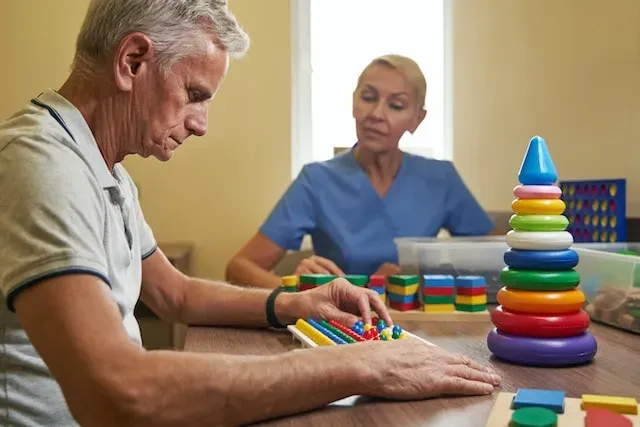
Brain Stimulation Therapy
Want to learn more about the impact of brain stimulation therapy? Discover its success in treating mental health to elevate your care with innovative strategies.
Get carepatron free
Commonly asked questions
The most effective therapy types that therapists can conduct include Electroconvulsive Therapy (ECT), Transcranial Magnetic Stimulation (TMS), Vagus Nerve Stimulation (VNS), and Deep Brain Stimulation (DBS).
The success rate varies by type; for example, ECT has a success rate of around 70-90% in treating depression, while the success rate of Transcranial Magnetic Stimulation (TMS) is approximately 30-64% for improving symptoms of depression.
It is generally only one of the choices for children. It is typically reserved for adults due to the potential impact on developing brains and limited research on its safety and efficacy in pediatric populations.







